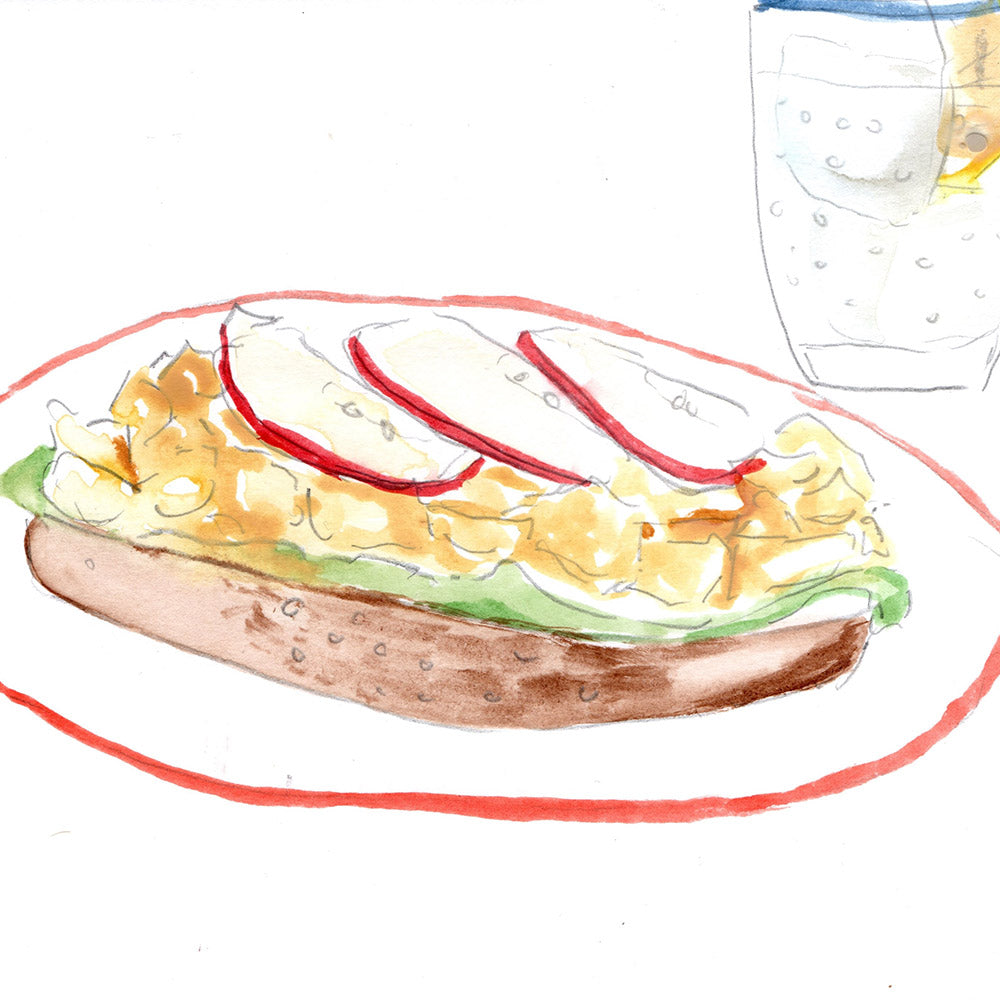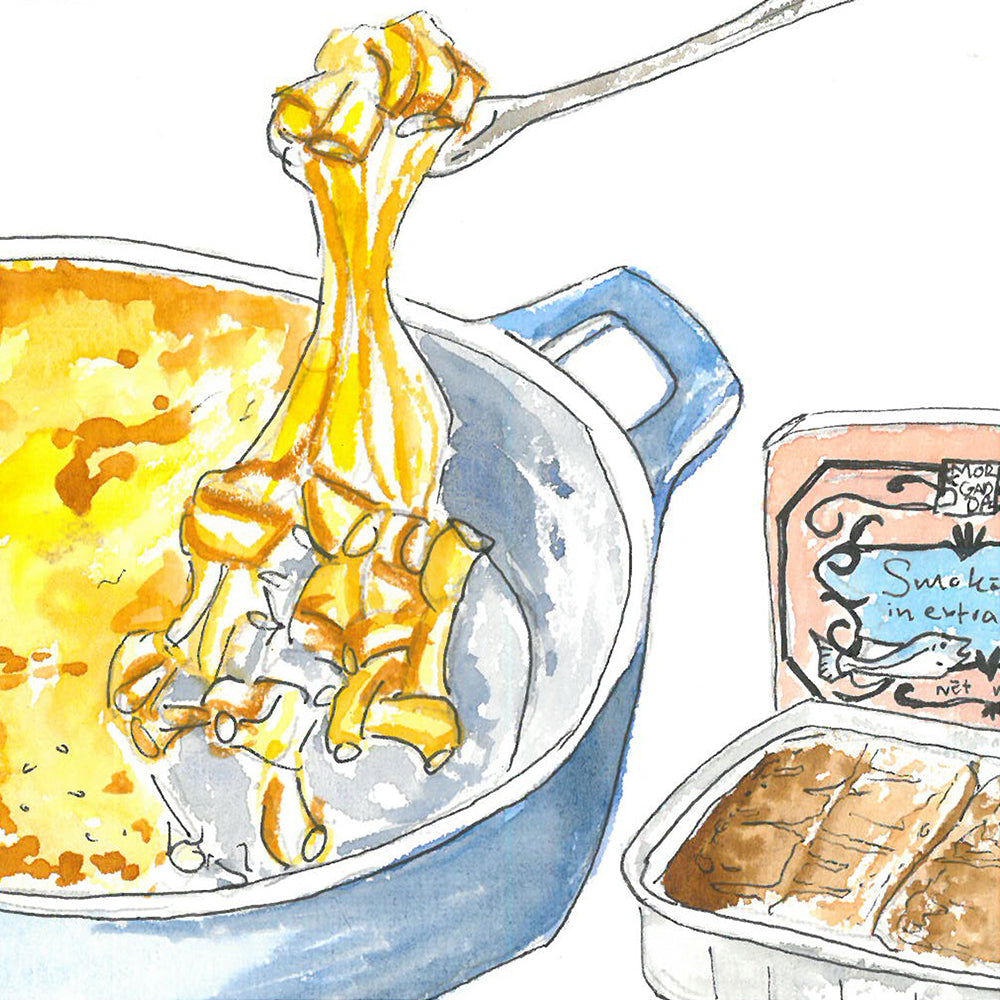One step forward, another step back, right pivot, left pivot, defend then attack.
The blades were liquid, moving with finesse and ease, their long silver shafts almost invisible as swordsman and swordswoman dueled tirelessly, the announcement of a point gained, or a point lost the only impediment to their impenetrable concentration. The crowd gathered was sparse, consisting mainly of nobility and fencing aficionados who watched the duelists from behind a knee-high wooden barricade, rejoicing when the blades connected and holding their breaths when they struck naught but air. The only instant when every person in attendance was sincerely at ease, including the competitors, was when the duel had come to an end and handshakes had been exchanged, the combatant swathed in loose black fabric shaking hands with her competitor, a gallant man, who bowed appreciably for the hearty effort. The Chevalier de Saint Georges had just dueled the Chevalier d’Eon in Carlton house. Those in attendance were few but distinct, many recognisable from newspapers alone, including the Chevalier de Saint-George’s host while he was staying in England, The Prince of Wales.
The Chevalier de Saint Georges’ luck had turned around tenfold since his severance from the Duke of York. He had retired to the Palais Royale, benefiting from the benefaction of Phillipe D’Orléans. He was once again composing his operatic works, mingling with high society friends, and thanks to his proximity to political tastemakers was becoming increasingly interested in the changing landscape of French politics. The Chevalier’s interest in such things had been sparked by his friend and benefactor Phillipe D’Orléans’ growing infatuation with enlightened authors such as Voltaire and Jean–Jacques Rousseau and their ideas of ending feudalism, severing ties between church and state, and above all else, dissolving the absolute monarchy in France in favor of a constitutional monarchy that would diminish the French Royals’ power over the state considerably. Saint-Georges, through extensive reading and lengthy conversations with his friend and benefactor, found himself agreeing with these ideals. He shared Phillipe D’Orléans’ ambition to put the power of the state back into the hands of the people, so when Phillipe D’Orléans suggested Saint George travel to England to try persuade the Prince of Wales for his support in their endeavor, the Chevalier agreed almost immediately, setting sail for England in search of change.
The Chevalier had two main objectives when he arrived in England. The first was the establishment of communications between Phillipe D’Orléans and the Prince of Wales, and the second was that of making contact with abolitionists who would support the eventual revolt against the monarchy and aid in the formation of the Société des Amis des Noirs – a group dedicated to furthering the interests of black citizens in France.
The Chevalier’s success was slow, with Saint-Georges spending the majority of his time engaged in fencing competitions and musical evenings all the while promoting his friend and benefactor, Phillipe D’Orléans, as regent in waiting. Twice during Saint-Georges’ time overseas he was set upon by groups of anti-abolitionists who attempted to scupper his twin missions, only to find themselves on the losing side of four-on-one and five-on-one conflicts, the Chevalier besting his opponents on both occasions. And although the Chevalier’s journey to England did yield some success, such as the abolitionists translating their literature for French readers and the Prince of Wales delighting in the multi-hyphenates company, it would take another two years before the Revolution would come to pass. When the French Revolution did begin Saint-George was stationed in England away from the conflict along with his close friend, Phillipe d’Orléans.
The two men had known of the revolution’s imminence. Chevalier’s co-conspirator and cousin to the King, Phillipe d’Orléans, had been sent overseas to lessen the impact he might have on the state during the revolution while Saint-Georges had also been informed by his friend’s council to do the same until the worst of the fighting was over. The luxuriance Saint-George immersed himself in while waiting for the fighting to end and the extended time spent with the Prince of Wales and his benefactor, Philippe D’Orléans, dulled his interests in politics fast, and wanting to remain faithful to his ideals, the Chevalier soon decided to take up arms and return to France, becoming part of the National Guard.
The final chapter of Saint-Georges’ life should have been his most triumphant. The Chevalier joined the National Guard and shaped his unit into a formidable fighting force, one that achieved noteworthy victories over foreign forces, earning the Chevalier the rank of colonel and his unit the nickname, Legion de Saint-Georges. The Legion de Saint-Georges was responsible for numerous victories, enough that one would assume the Chevalier’s triumphs translated into countless medals, but instead Saint-Georges would fall victim to the paranoia of the time and bear the weight of his many connections to aristocracy and social elite from years gone.
The beginning of the end for Saint-Georges came when one of his deputies, a devote follower of revolutionary leader Robespierre and his Reign of Terror, informed Robespierre that the Chevalier’s ties to the now defunct monarchy were as strong as ever, and if something wasn’t done about the man’s sympathies and an example made of his betrayal, that dissension would spread throughout the ranks. Robespierre, incredibly paranoid and ruthlessly motivated to retain power over the new Republic, acted on this information without a second thought, stripping Saint-Georges of his ranks and imprisoning him, citing rumour as reason enough to act. The Chevalier would be detained for eighteen months before Robespierre met his end at the hands of those who abhorred the Reign of Terror - the guillotine for the paranoid revolutionary meaning Saint-Georges’ freedom and his hasty absconsion to Santo Domingo.
Saint-George spent the final years of his short but storied life disillusioned with the promise of revolution. While in Santo Domingo, the Chevalier witnessed the French Legion squash slave rebellions across the island and enact scenes so egregious that the Chevalier was willed back to France. When the Chevalier arrived home, he attempted to rejoin the rebellion under the name of George, doing away with his ostentatious title in the hopes that it would improve his chances of reinstatement. But to Saint-Georges’ continued disappointment, his application was rejected, and instead of commanding a relentless regiment for the final years of his life, he would instead command an enthralled musical crowd, settling for the sound of rapturous applause rather than victorious battle cries until he succumbed to a bladder infection at the age of just fifty-three.
The Chevalier’s legacy persisted for a few years more until the rise of Napoleon Bonaparte, and the death of modern French ideals saw to the removal of prominent black figures from French history - the Chevalier cast into obscurity for almost two-hundred years. In rediscovering Saint-Georges, his exploits, and achievements, we should ask ourselves who else has been lost, who will we find next, and how many will never be found again.
References
https://www.artaria.com/pages/saint-georges-joseph-bologne-de-1745-1799
Hochschild, Adam. Bury the chains : prophets and rebels in the fight to free an empire's slaves. Boston: Houghton Mifflin, 2005.
Banat, Gabriel. The Chevalier de Saint-Georges: Virtuoso of the Sword and the Bow. Hillsdale, New York: Pendragon Press, 2006.
Edwards, Bryan. A Historical Survey of the French Colony on the Island of St. Domingo. London, Stockdale, 1797.


